It was late August 2015. I was sitting in the parking lot of my local Chinese buffet.
The S&P 500 saw its hardest 3-day selloff in years on news of a Chinese currency intervention.
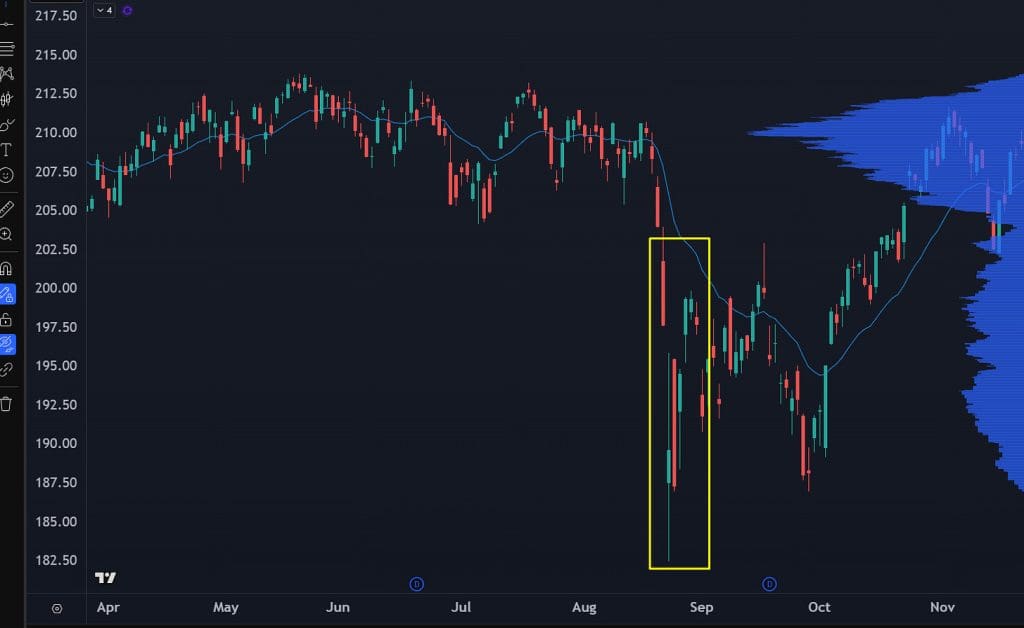
The “Chinese Buffet Trade” is a tradition that’s worked for every major stock market bottom. From 2011 to 2018, when the markets were in a panic, I would load up on call options, then stuff my face with some chicken lo mein.
In August 2015, there was no liquidity in the futures markets. Janet Yellen was giving a press conference, and she had a coughing fit to the point that she had to pause remarks.
Equity futures tanked. From a cough.
When volatility picks up, investors start obsessing about Fed policy to “save” the markets. And if the market doesn’t get what it wants…
… we see a Tantrum.
Right now, the markets are in the early stages of a tantrum. The AI hyperscale trade is wearing off and there’s no narrative to attach to price action.
Even though the Nasdaq was hitting all time highs, there’s hidden weakness:
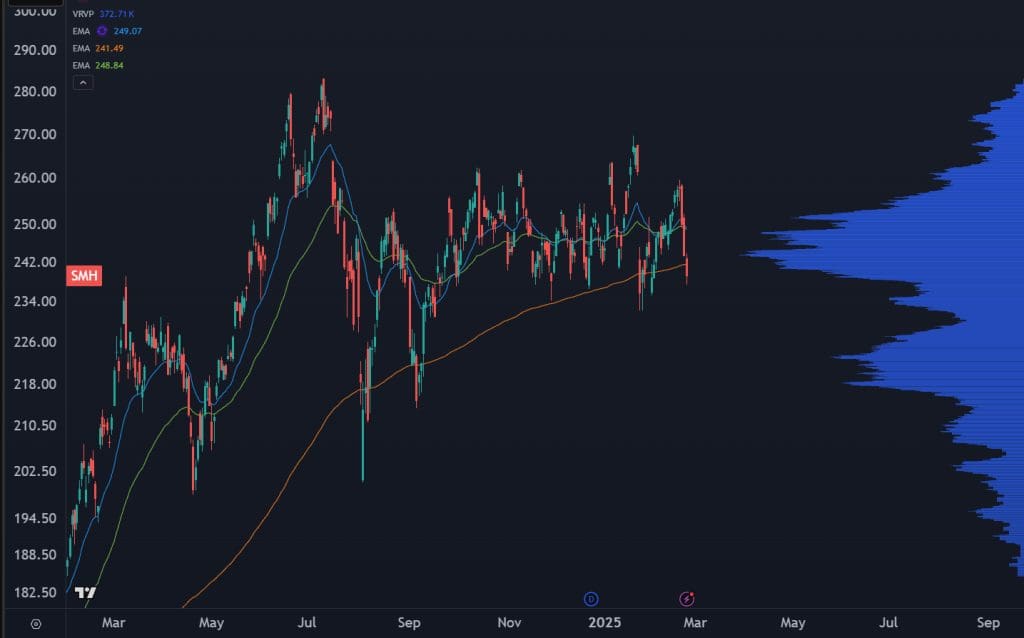
Semiconductors haven’t been in a bull market since the summer of 2024.
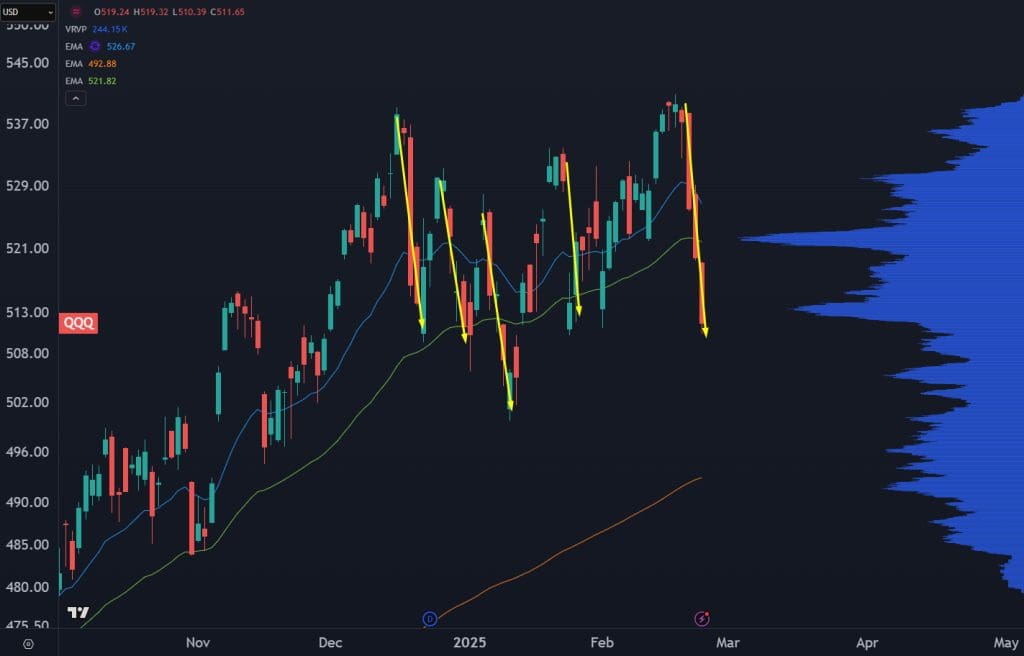
The Nasdaq keeps experiencing “rug pulls” and higher volatility.
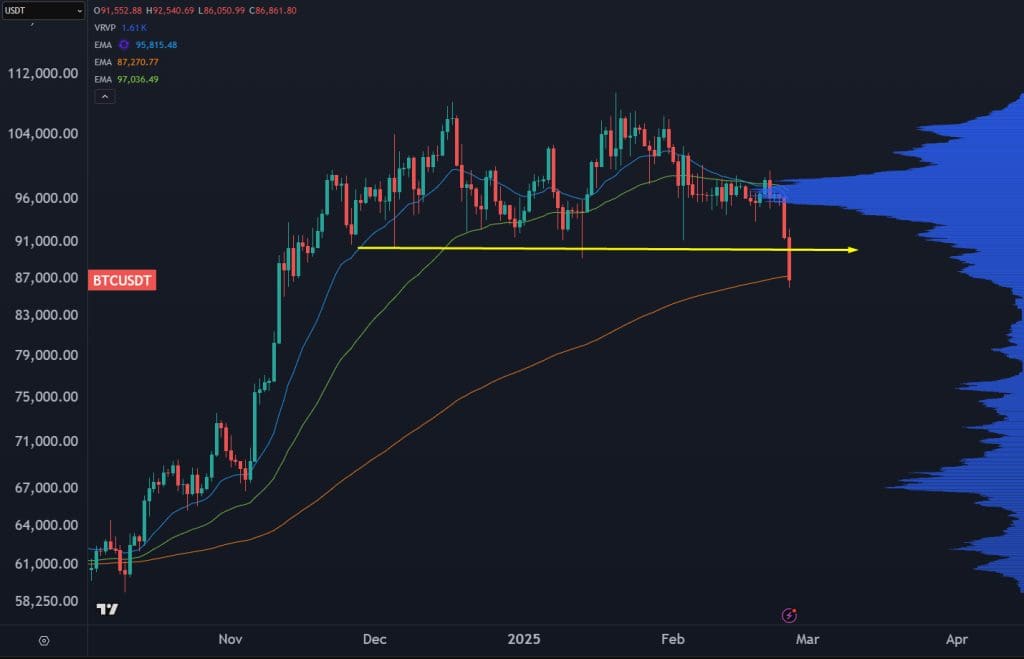
And bitcoin cracked 90k, leaving the crypto market with 6 months of bagholders.
SO FAR, this is a “normal” pullback.
Yet I’m starting to see signs of the Tantrum Playbook.
The Tantrum starts as a slow burn. Nothing is “bad” in the markets, but you just don’t see the same kind of push higher on the market’s bellwether stocks, like NVDA.
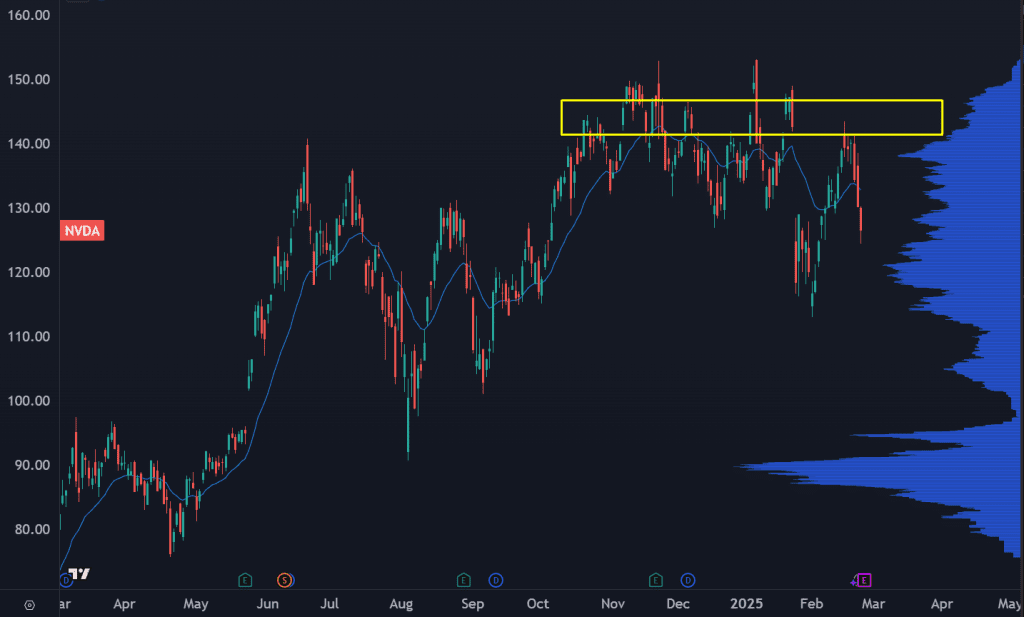
Then the Tantrum has a Volatility Pivot. It’s usually a combination of a catalyst and some offsides positioning in the options market.
Like when the S&P 500 had a -4 standard deviation move back in December:

If the market bounces but can’t find sustained buyers, then market deterioration drastically increases the odds of a Tantrum. Selling picks up, and the large cap tech stocks that have buoyed the market simply stop working.
And there’s ZERO introspection from market participants.
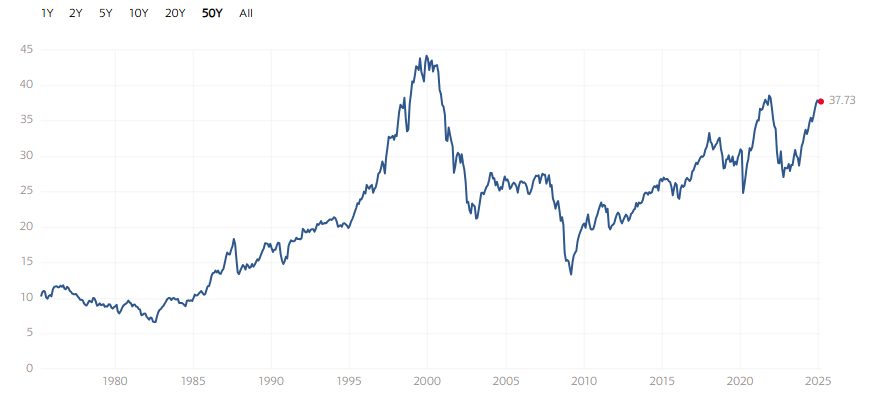
Fund managers aren’t going to say, “maybe I shouldn't have bought the market at a 37 multiple.”
What do they do? They blame the Fed! And then you get headlines like this:
At some point, the Tantrum becomes the primary Narrative that drives markets. We saw this play out during the “Taper Tantrum” of 2016:
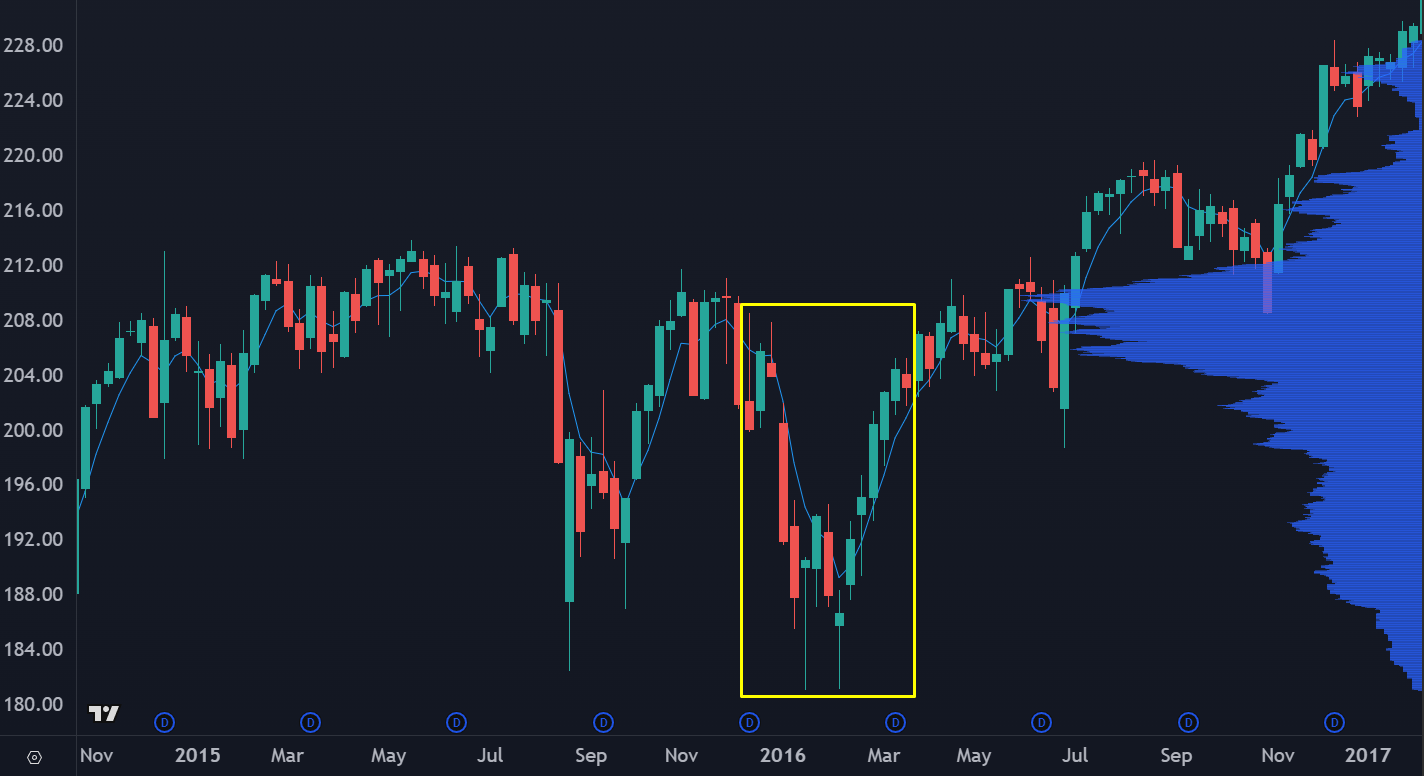
And the Tech Wreck of 2018:
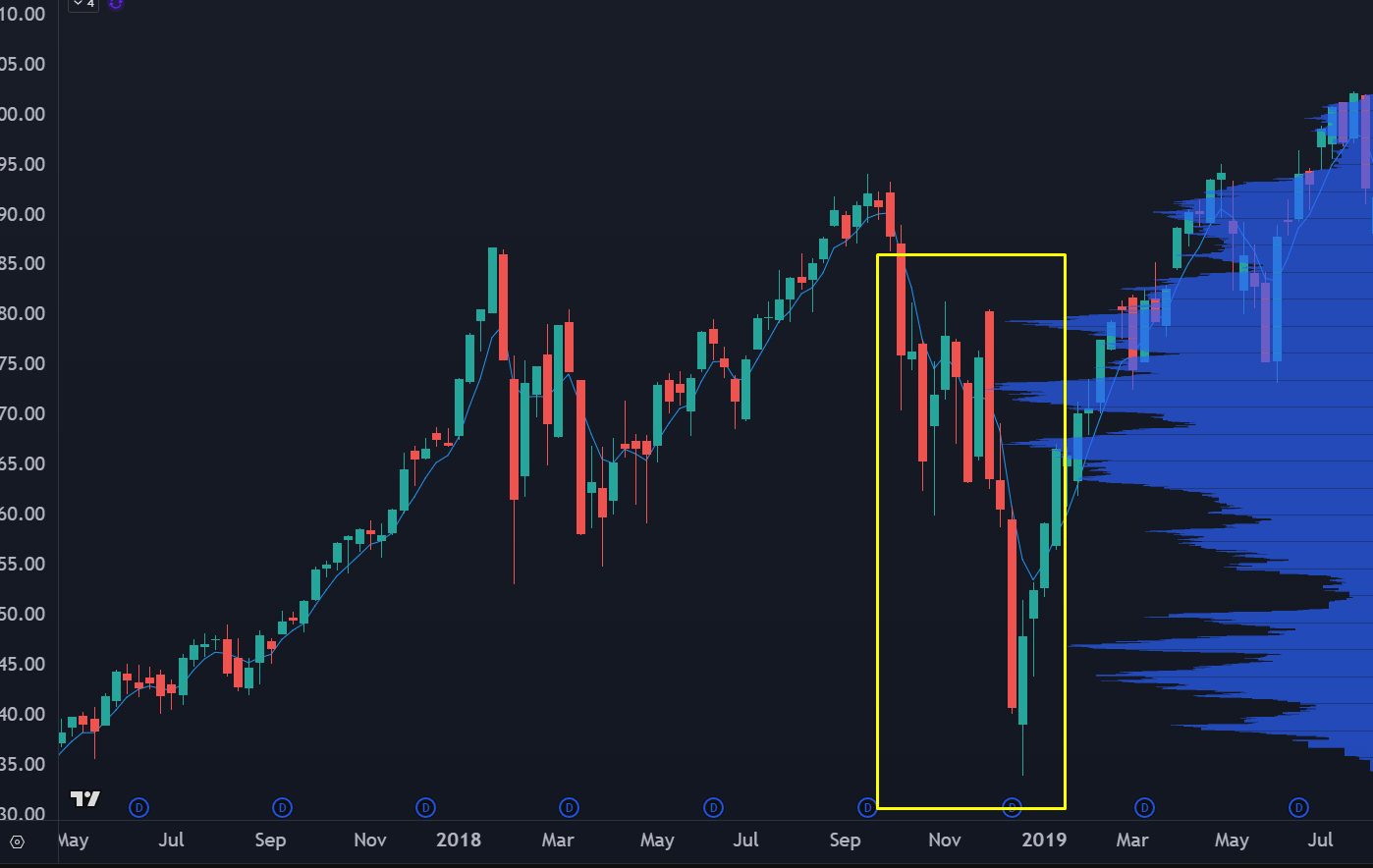
The Fed will claim they are above the fray in the stock market.
Yet at some point, equity volatility bleeds over into bonds and credit. That’s when the Fed is forced to make a pivot.
The Tantrum halts, the market gets some milk and cookies, and we fly higher.
Consensus is that the Fed has its back against a wall. They can’t cut rates because inflation is sticky, but if surprise deflation shows up they could be committing a policy error by not acting soon enough.
There’s one policy tool that could be just enough to stop a Stock Market Tantrum without overshooting on a rates decision.
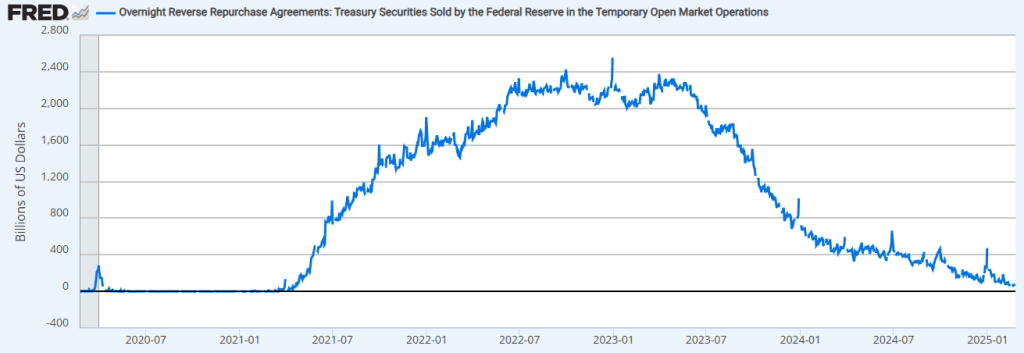
The Fed’s been running a Quantitative Tightening (QT) program for a few years now.
They own a bunch of US Treasuries. When those USTs mature, the Fed can roll that capital back into another round, or they can choose not to reinvest— which is QT.
This is the lever. But of course they can’t give us a straight answer:
In an interview on Wednesday with Yahoo Finance, Atlanta Fed President Raphael Bostic said the Fed may be nearing levels where it can stop QT but added "there's not precision on that."
"I think it's going to be appropriate for us to be more cautious today and moving forward than we have been in the past six or eight months" as this process plays out, he said.
They’re trying to tell us they have a pacifier, but won’t give it up unless the market starts to whine.
It’s not wise to trade strictly off Fed policy, yet there are some investing themes you should start following if you aren’t already.
If the Fed bails on QT, that means they’re now a buyer back in the UST market. That could help keep rates (and the dollar) pushed down even if we see more inflationary pressures.
So while the majority of the market is obsessed on finding a bottom in Large Cap Tech, the better plays are going to be in underinvested areas like commodity stocks and emerging markets.
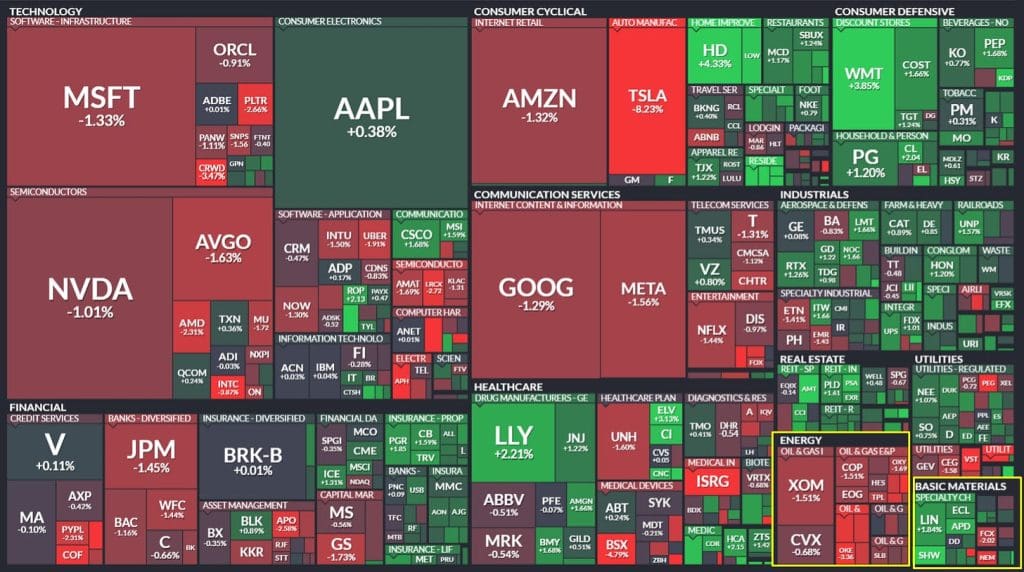
This is a market-cap weighted view of the S&P 500. See those two boxes in the lower right corner? That’s all the energy and materials stocks in the S&P 500.
These sectors, as a whole, have a lower valuation than AAPL or NVDA.
Yet they offer exceptional risk reward, and a good place to park dollars in a volatile market.
Here’s an example in Compass Minerals (CMP):
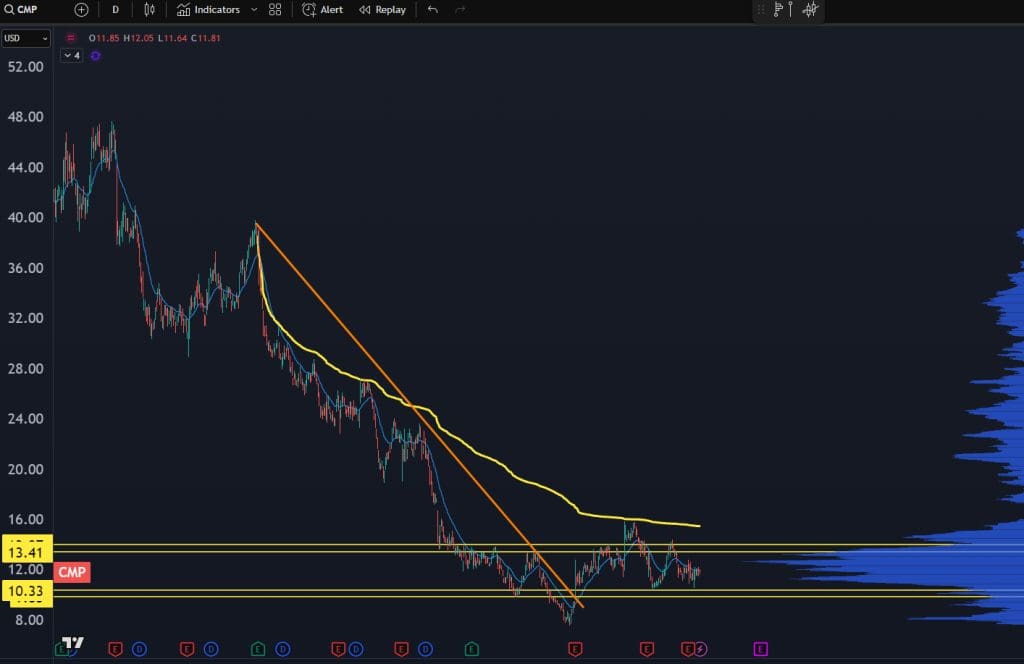
The stock has been left for dead in a 4 year bear market. The dividend was eliminated and has been in a trading range for 9 months. If it can manage to hold above 13.50, then you’ve got the chance for a solid trending stock.
Original Post Can be Found Here